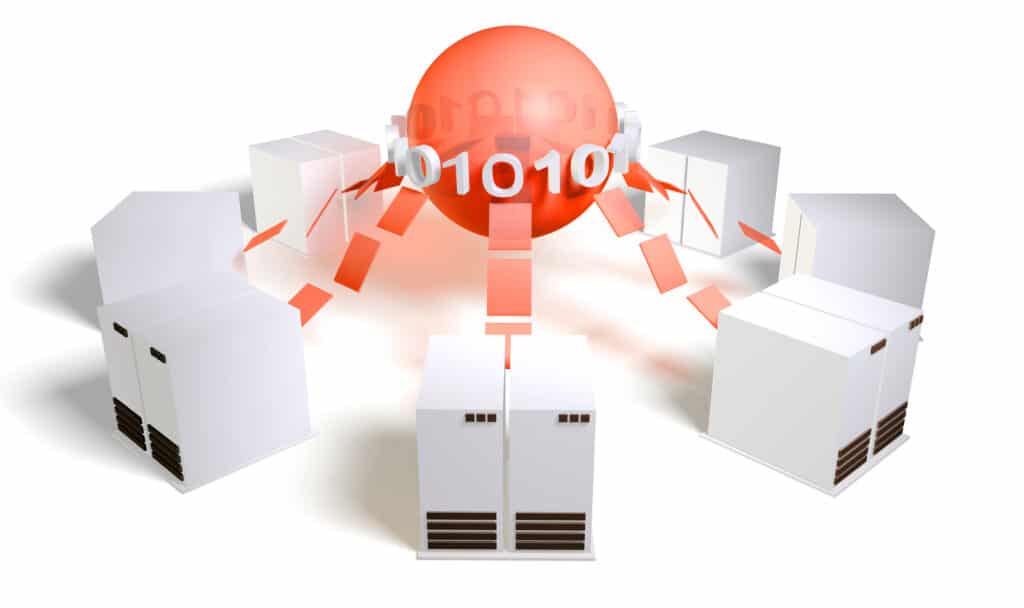How Do Bitcoin Transactions Work? A Full Step-by-Step Guide

Bitcoin, Cryptocurrencies
Cryptocurrency is what everyone’s involved in these days. Some might even say it’s changing the face of the finance world. Cryptocurrencies that have been around for a while have been making waves in the investment world.
But is crypto an investor’s dream or nightmare? Here lies the trick – the crypto market is nothing less than a gamble. Also, cryptocurrencies can be challenging to understand as it’s a whole other world. However, if one gets involved in how everything around crypto works, they can undoubtedly become part of a much greater financial scheme.
Let’s explore how everything regarding crypto, primarily its transactions, works.

What is Cryptocurrency?
The simplest way cryptocurrency can be described as a digital payment. There’s a platform that allows crypto users to send and receive their digital currencies, highly secure transactions. You may think of it as a digital bank, with the only difference being its decentralization. A positive aspect of crypto is that it isn’t distributed or regulated by a central authority, such as a bank.
Cryptocurrency is relatively a freer digital form of money that allows everyone to participate in secure transactions and exchange crypto all around the world. Those exchanges are stored in a public ledger whenever someone transfers crypto funds. One thing to know is that it cannot be reversed or modified when a transaction has been made on the platform. Those transactions get recorded in the public ledger, once and for all.
The reason behind cryptocurrency’s title is the advanced technology behind it. All cryptocurrencies are “encrypted,” which means advanced coding is involved in transactions stored and transmitted in the digital wallet and public ledger. The primary reason why these crypto transactions are encrypted is that they aim to be as safe and secure for their users as possible.
The first-ever cryptocurrency was invented back in 2009 and was called Bitcoin. Bitcoin, today, has become the most popular cryptocurrency, with users and investors dabbling with it from time to time. Sure, it has its bumps, but Bitcoin undoubtedly has helped many investors improve their finances by a notch or more. The crypto market is all about speculation - a major driving factor behind its prices.
The Crypto Platform – Blockchain
The public ledgers that record crypto transactions are called a blockchain. Blockchains are decentralized digital platforms that use computer power to understand complex mathematical transactions. Those transactions, when solved, are used to generate coins on the system; crypto users can later mine those. Another way to get coins is by purchasing them from a crypto broker and storing them in crypto wallets.
Blockchain is a database that handles every transaction. Blockchains’ most significant feature is the immense amount of security it contains. Crypto transactions are highly encrypted on the blockchain, which is why there’s never a need for trust by a third party. The most significant difference between a standard database and a blockchain is how they’re both structured.
The information structure in a blockchain is much different. Blockchains collect information or data in blocks; those blocks have particular storage. When those blocks are filled with information, they’re closed and attached to the previous block that carries a different set of data. Those blocks, when formed together, become a “blockchain.”

How Do Bitcoin Transactions Work?
Bitcoin transactions seem complicated but aren’t if you look deep into them. All you need are some crypto funds, a Bitcoin protocol, a blockchain, and a strong internet connection. Bitcoin transactions are smooth and highly secure, and once they’ve been made, they cannot be altered or edited.
Let’s explore the step-by-step process of these transactions to give you a more detailed insight into how bitcoin transactions work.
Step # 1: Signing and Transaction Generation
First things first, you'll need three primary things to carry out a successful bitcoin transaction. These three include input, amount, and output. Let's understand this through an example. Suppose A wants to exchange their bitcoin for dollars with B.
To do so thoroughly, B would have to send their bitcoin address to A. B would have to sign it off with their private bitcoin key for a successful exchange. The input and output of funds exchanged or transferred from an origin wallet to a destination wallet are the input and output. In this case, A's bitcoin address is the input while B's is the output.
Step # 2: Broadcasting
After making the transaction, the Bitcoin protocol will send it to the closest Bitcoin node. Bitcoin nodes run bitcoin transactions and store the blockchain entirely. You can send the transaction right away if you want, but that isn’t necessary. Remember: the first step only “creates” a transaction.
The timing of when you want to send the transaction is entirely up to you, the bitcoin user. However, one thing to note is that you should always have sufficient bitcoins in your digital wallet whenever you decide to proceed with the transactions. Failure to do so will result in a failed transaction, and you’ll have to create a new transaction all over again.
Step # 3: Propagation and Verification
After the transaction arrives at the Bitcoin node, the verification process begins propagating it into the network. Once the transaction is successfully verified and passes all steps, it is then sent to the Mempool (memory pool), where all transactions are stored temporarily.
The transaction is held in the Mempool until a miner picks it up and adds it to the blockchain. This propagation and verification process can be long, especially if no miners are currently present. Hence, this step of the Bitcoin transaction requires a bit of patience before the transaction is officially added to the next block.
Step # 4: Validation
After a miner picks up the transaction from the Mempool, it's officially ready to be added to the blockchain. However, since many transactions pile up in the Mempool, priority is given to those who pay a higher transaction fee. After the network reviews the Proof-of-Work Consensus Algorithm, it approves the block and the transaction; this is the last step of the Bitcoin transaction.
There aren't many intricate steps involved, but one needs to do proper research to learn about the Bitcoin protocol and blockchain complexities to know how Bitcoin transactions work.
Conclusion
As long as you understand the whole mechanics behind each aspect of Bitcoin and its transactions, you’ll find carrying such transactions highly easy. It may be too much to take in initially, but the more you get involved in the world of crypto, the easier it’ll seem to you.
Involving yourself in the world of crypto can bring you a whole lot of benefits if you navigate your way smartly, that is. Investing in Bitcoin is considered highly lucrative in today’s age, well, if you eliminate the risk factors.
But realistically speaking, the terms investment and risk go hand in hand, so it’s best to prepare yourself for some unforeseen risks. However, as far as Bitcoin transactions are concerned, people get the hang of it once they start making them.



